Brad Torchia on Benjamin Rasmussen
Brad Torchia is a Los Angeles-based photographer and filmmaker. He grew up in Rochester, NY with parents who worked for Kodak, spent a few years after college living in a small Colorado mountain town, and eventually made his way to the California sunlight. His recent work photographing on the Santa Monica Pier was featured by Vogue Italia, and his commercial and editorial clients include The New York Times, GQ, WWD, and Soho House.
Benjamin Rasmussen spent his childhood on an island in the southern Philippines, his university years with evangelicals in a small town in northern Arkansas, and a year with the descendants of Vikings in the Faroe Islands, a nation of 45,000 residents in the middle of the North Atlantic. He now splits his time between photographing for Time, Rolling Stone, Vanity Fair, Facebook and others, and running Pattern, a gallery and photobook library in Denver, CO that he co-founded and curates.
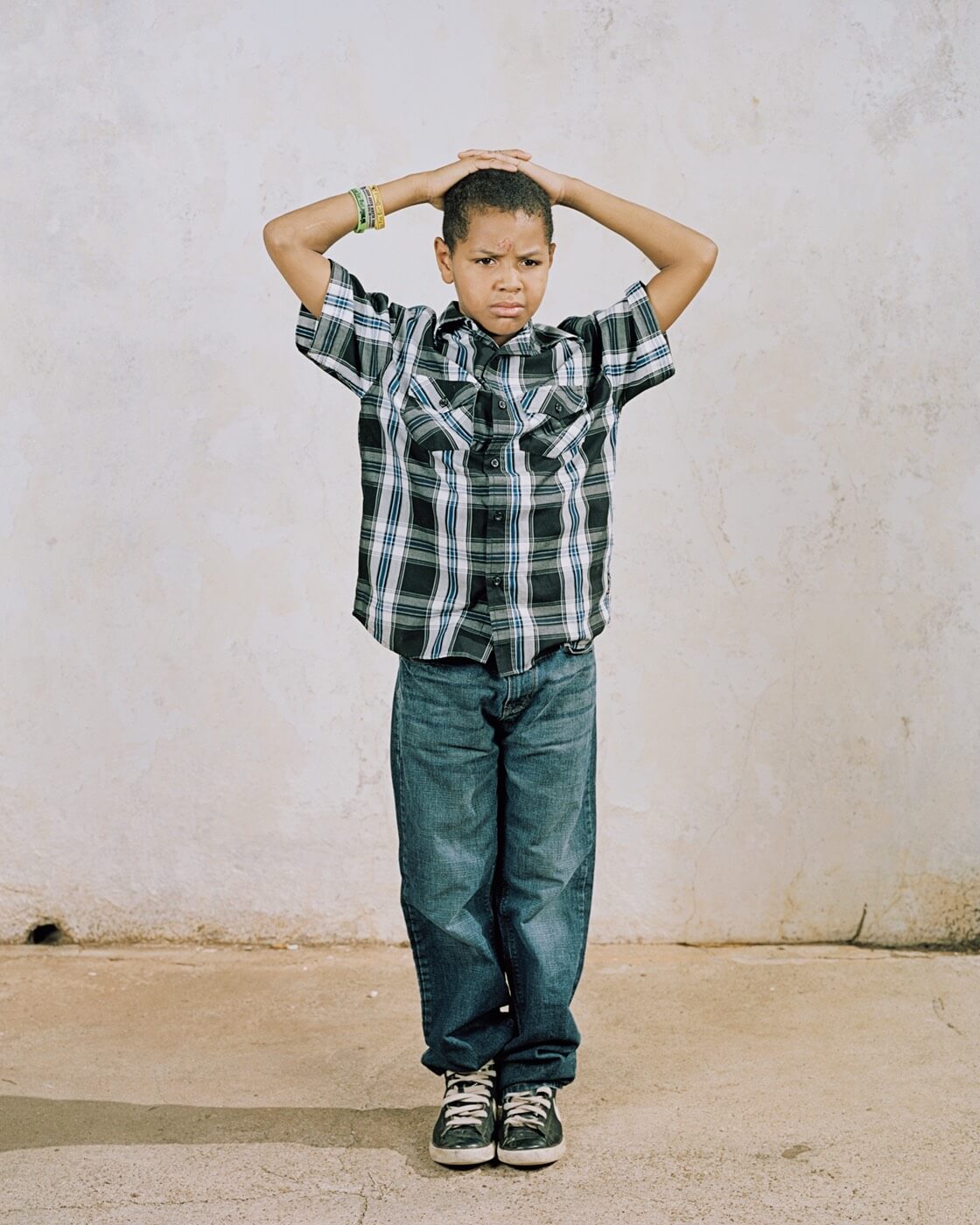
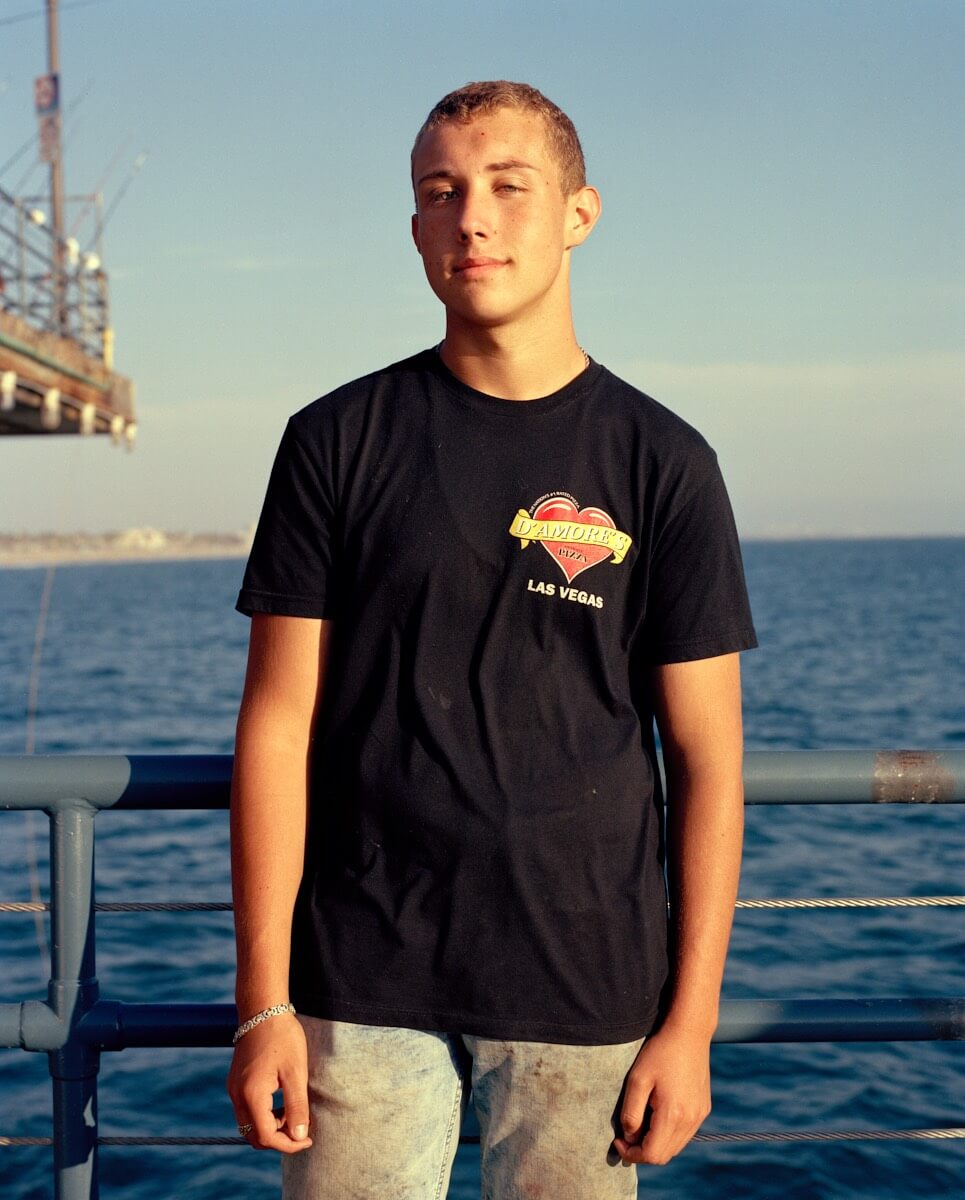
Living in a small Colorado mountain town of 1,000 people, there weren’t many examples of photographers who were making a career of it. I had gone to school in Buffalo, received a business degree, and moved to the Rocky Mountains to snowboard and start a marketing career. When I realized a few years in that all I wanted to do was taking photos I had no idea how to make a living doing it.
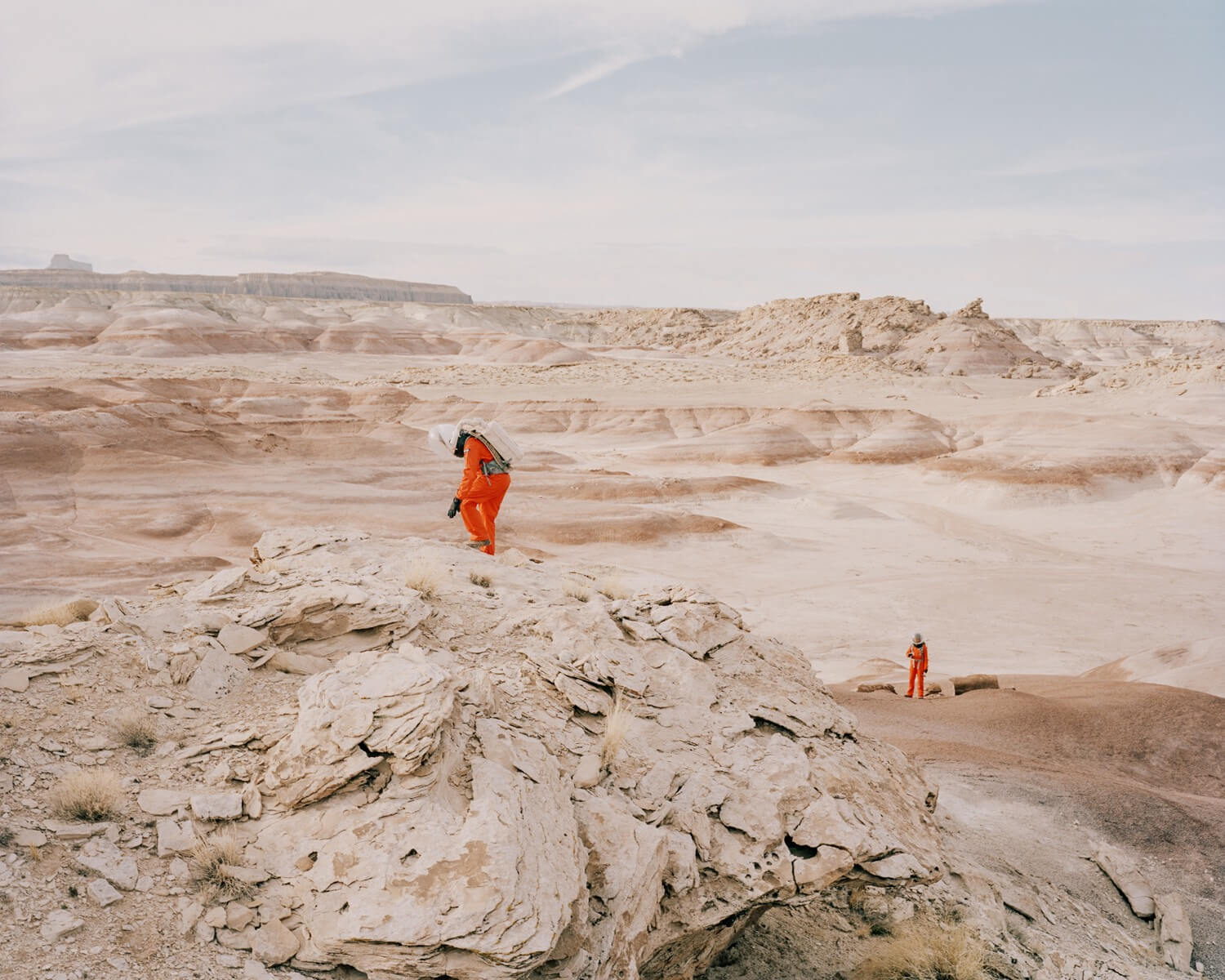
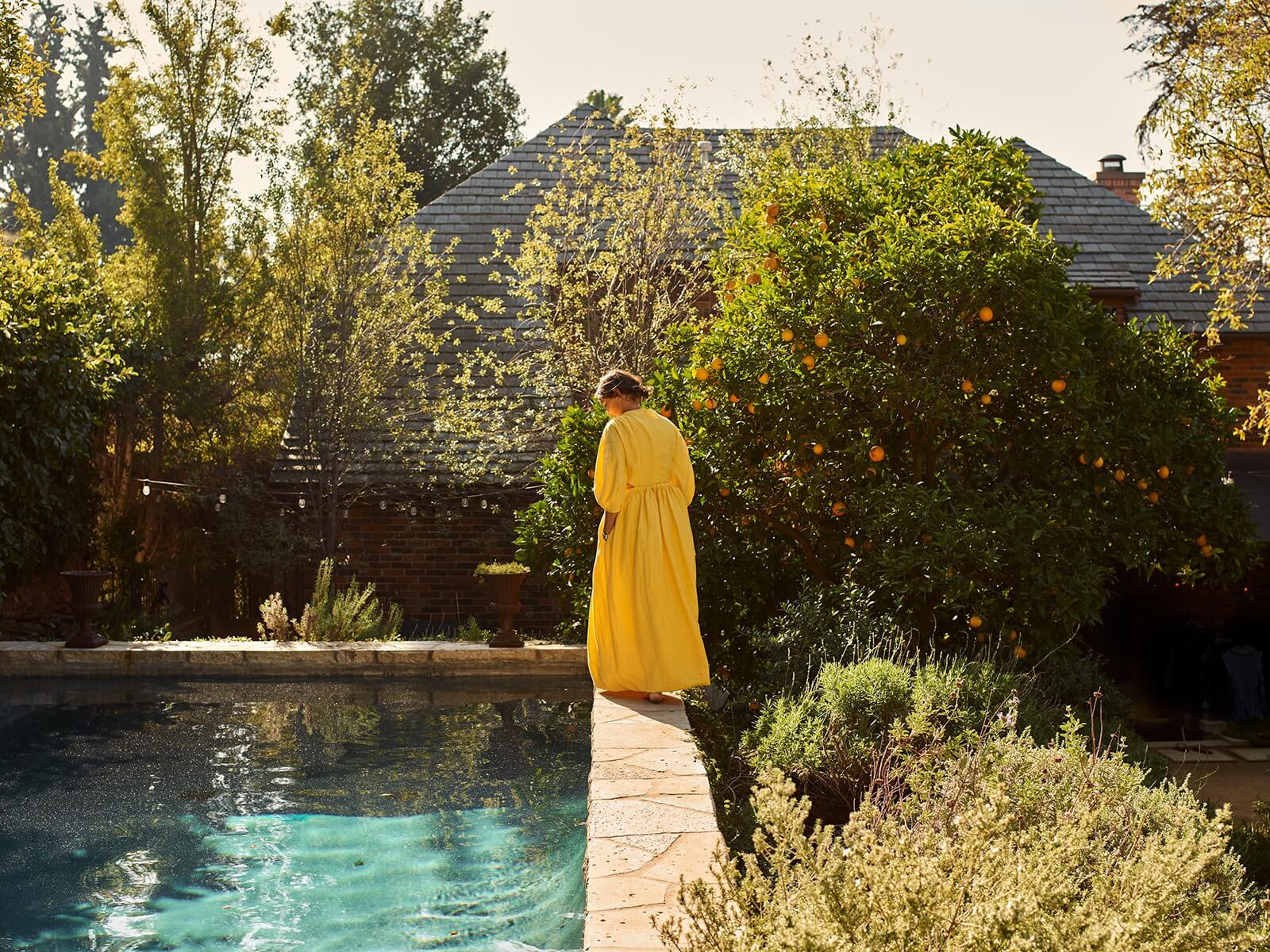
Naturally, I spent about an hour of my workday going down rabbit holes online, finding photographers who were blowing my mind, and was shocked when I found Ben’s work and saw he was doing all this while living Denver (about 90 minutes from where I was). We first met over coffee and Ben took an hour of his time to answer my very basic questions about his path, the type of work he shot, how to make money doing it, and what I could do to follow his footsteps. I will say my work then left quite a bit to be desired, but Ben took it seriously, gave me input, and tried to channel the things I was doing right. All this gave me a sort of confidence that I had access to such a great resource, and made me think maybe it was something I could do.
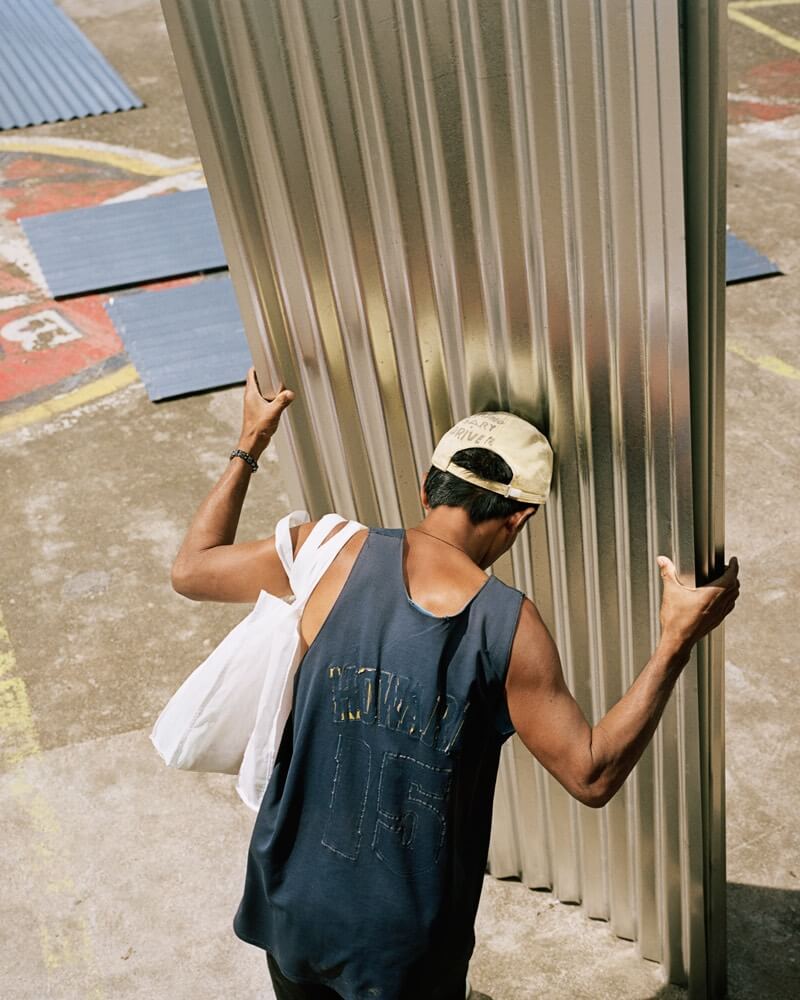
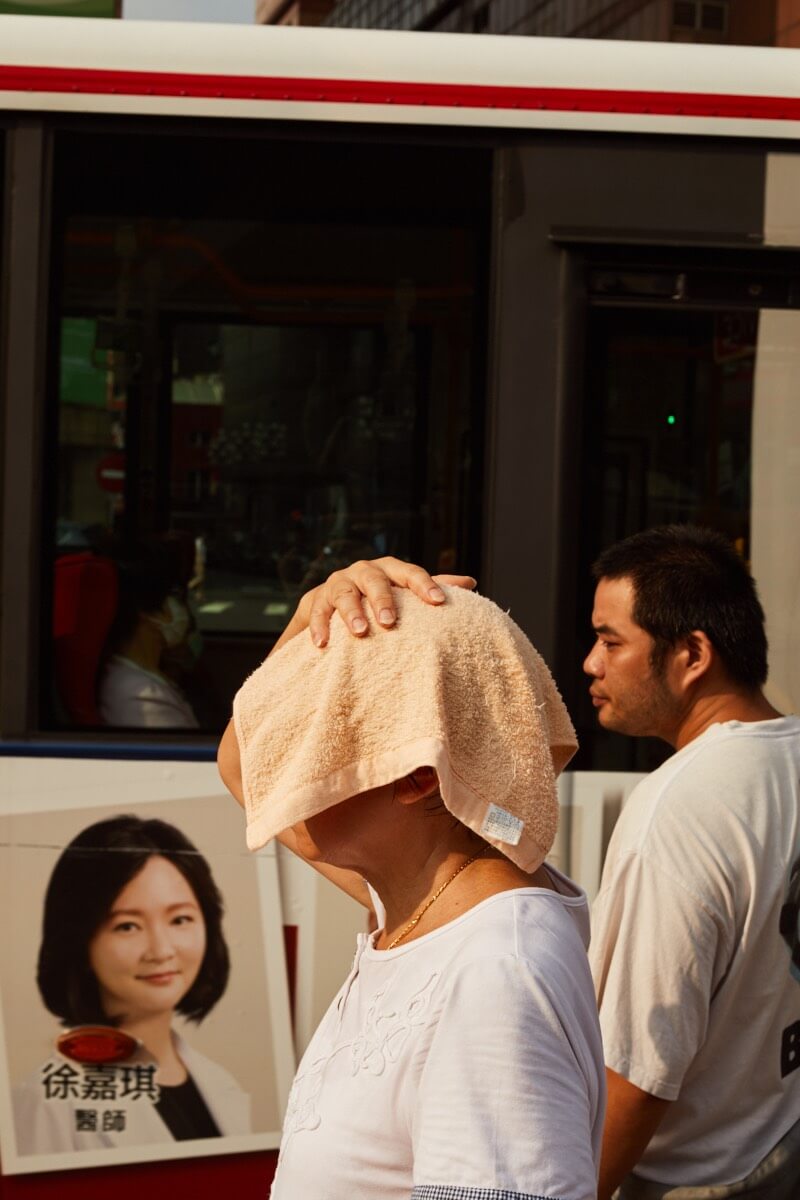
For the next six months I would drive back and forth to Denver, stopping at Ben’s house, where he would give me a stack of photo books from his library that he thought I could learn from (expensive books that if the situation was reversed I highly doubt that I would be loaning to anyone). From these books I started to get an education and photography began to take up more and more space in my mind, until ultimately I quit my job, moved to Denver, and decided I would pursue it as a career.
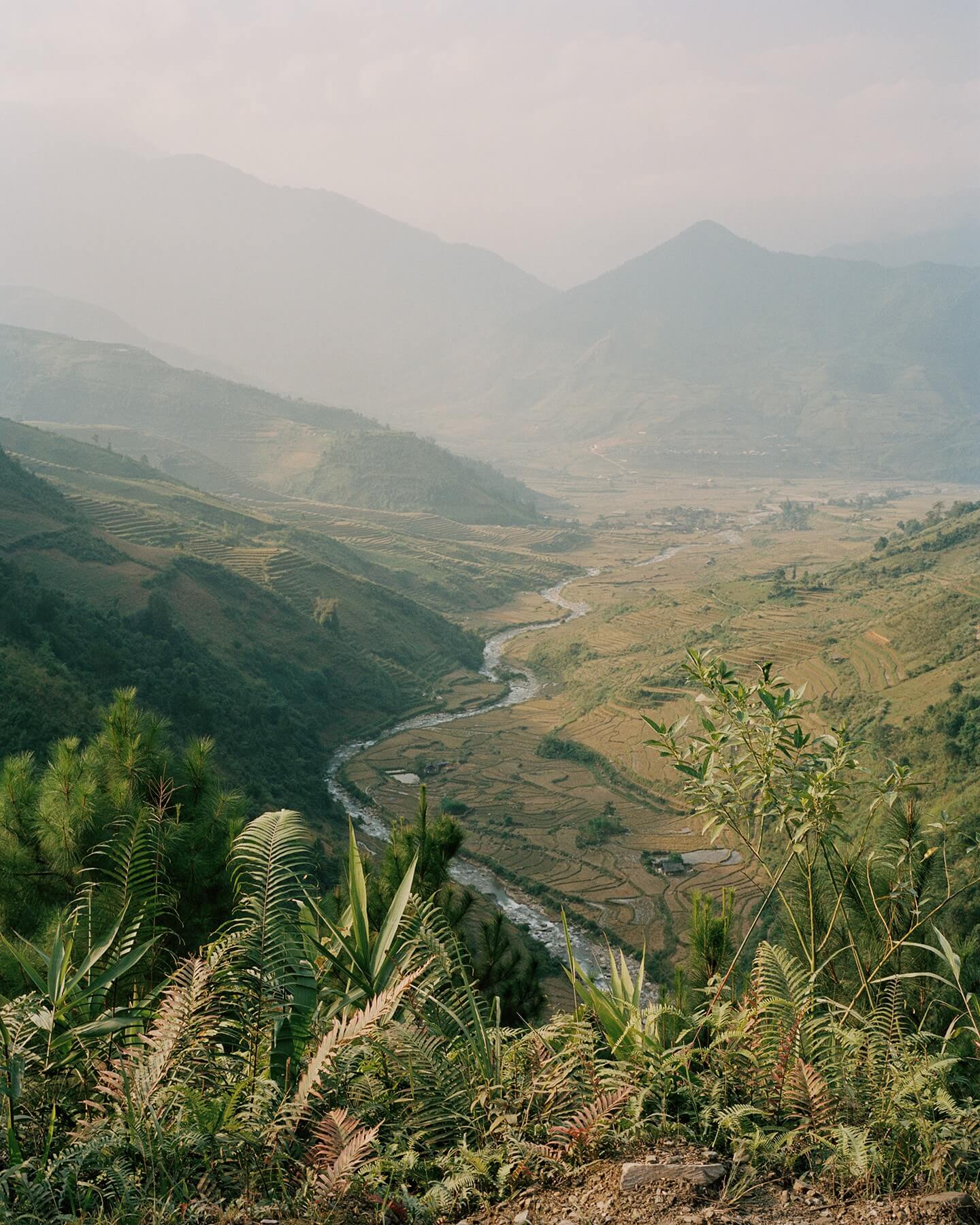
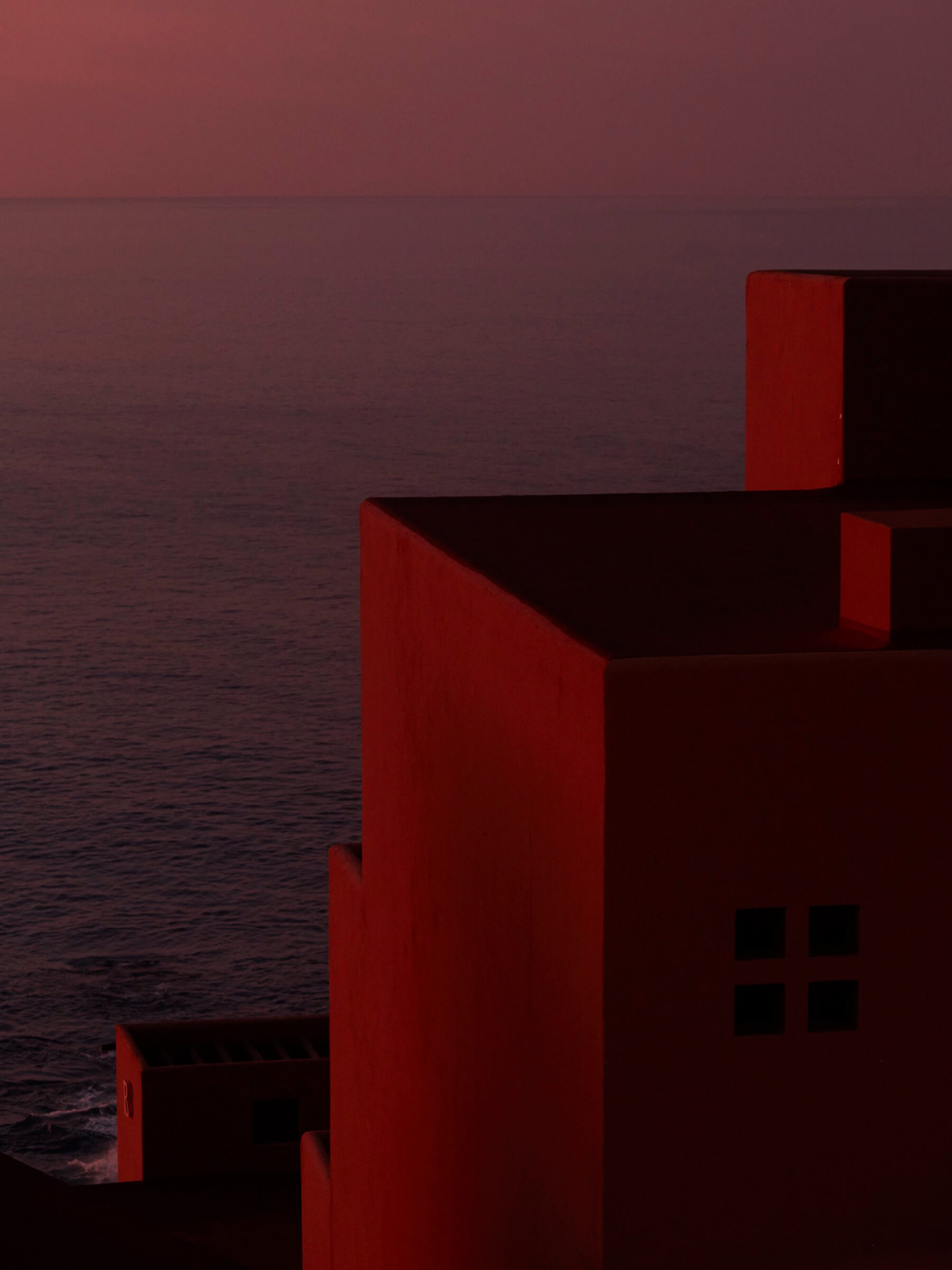
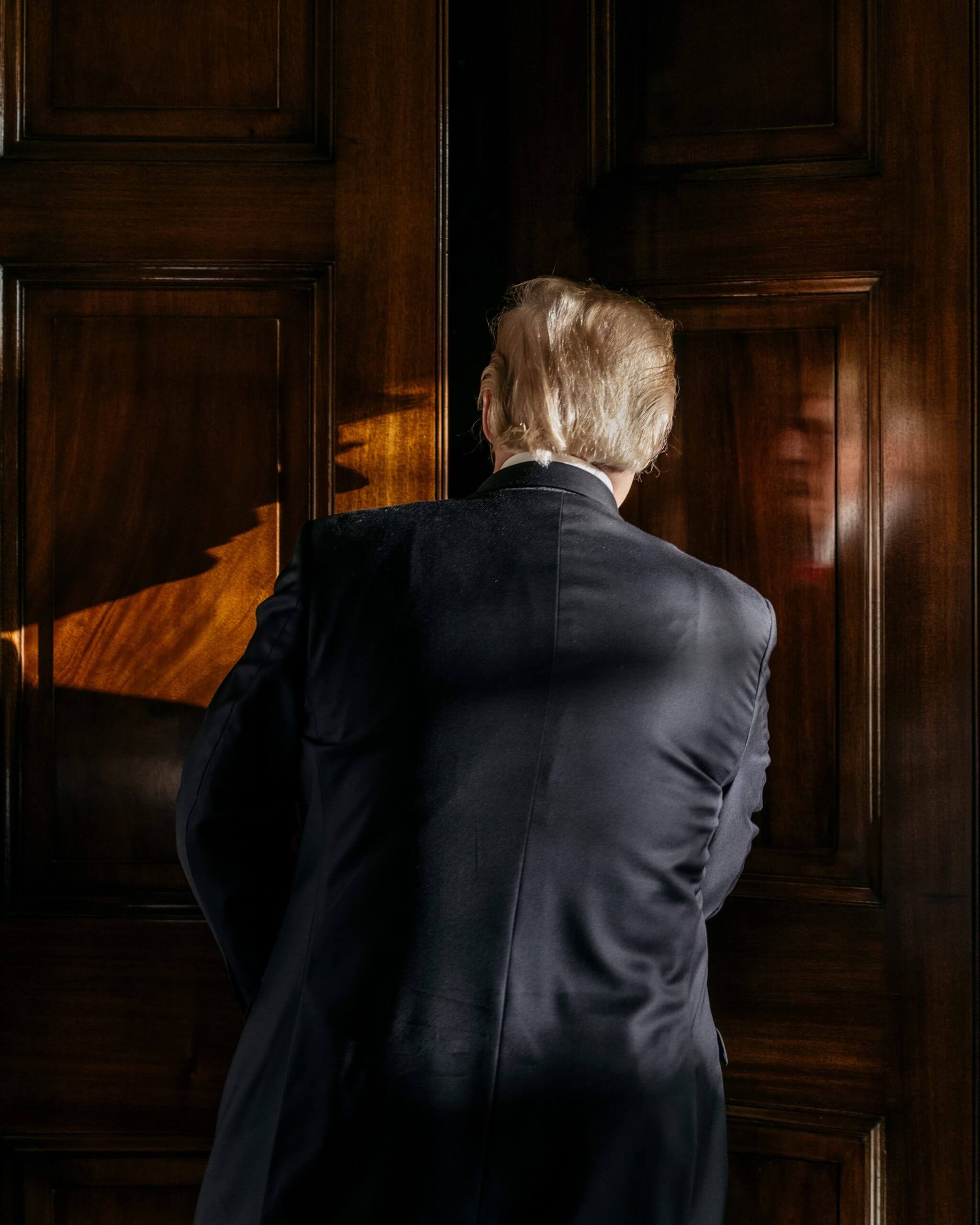
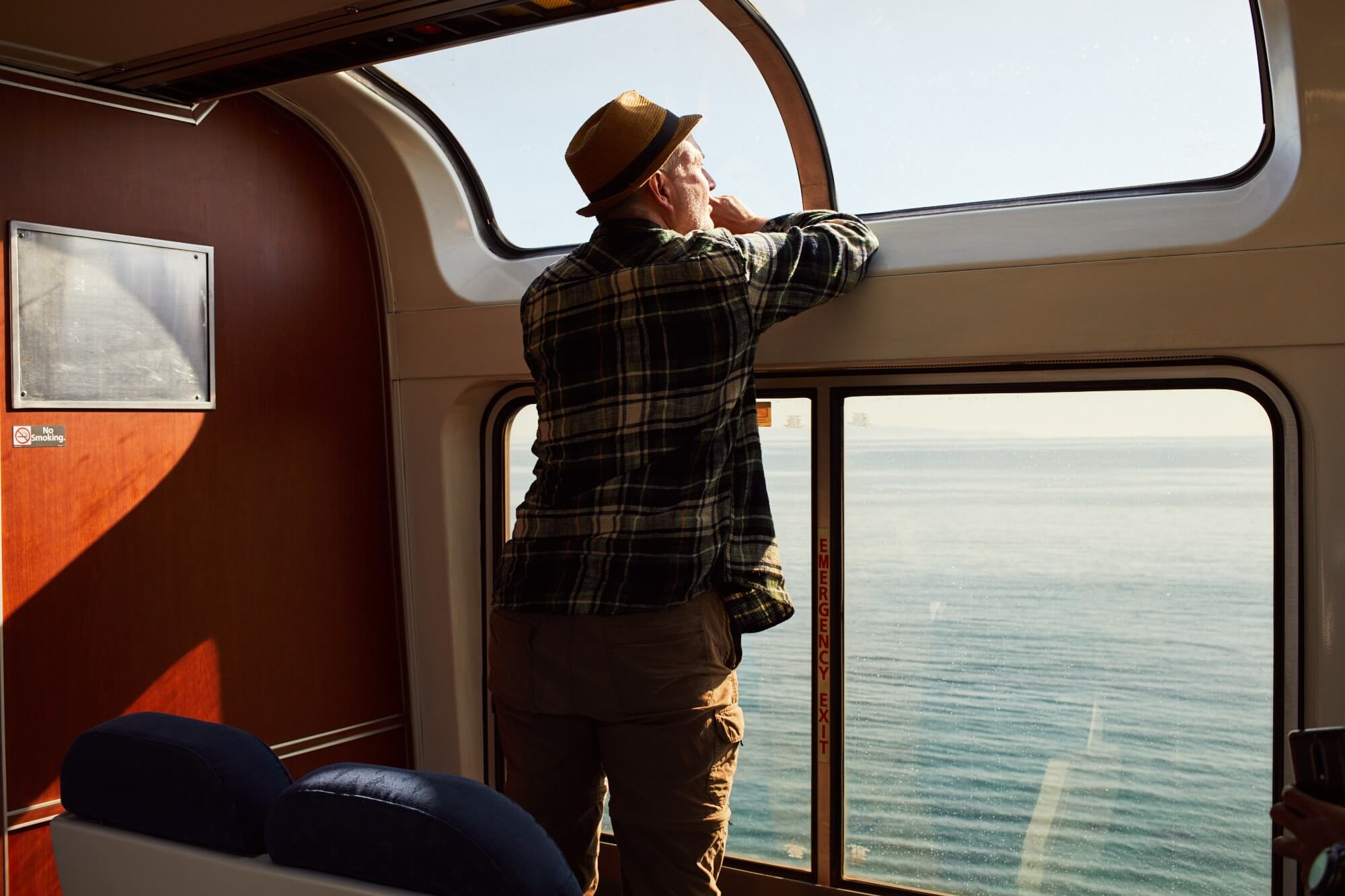
For the next year I survived off the money I had saved, and assisting Ben and other photographers on editorial shoots around Colorado. While I wasn’t making much, I was learning a ton about how shoots go, working with subjects, using equipment, and had a lot of valuable time driving to and from locations to ask anything I wanted.
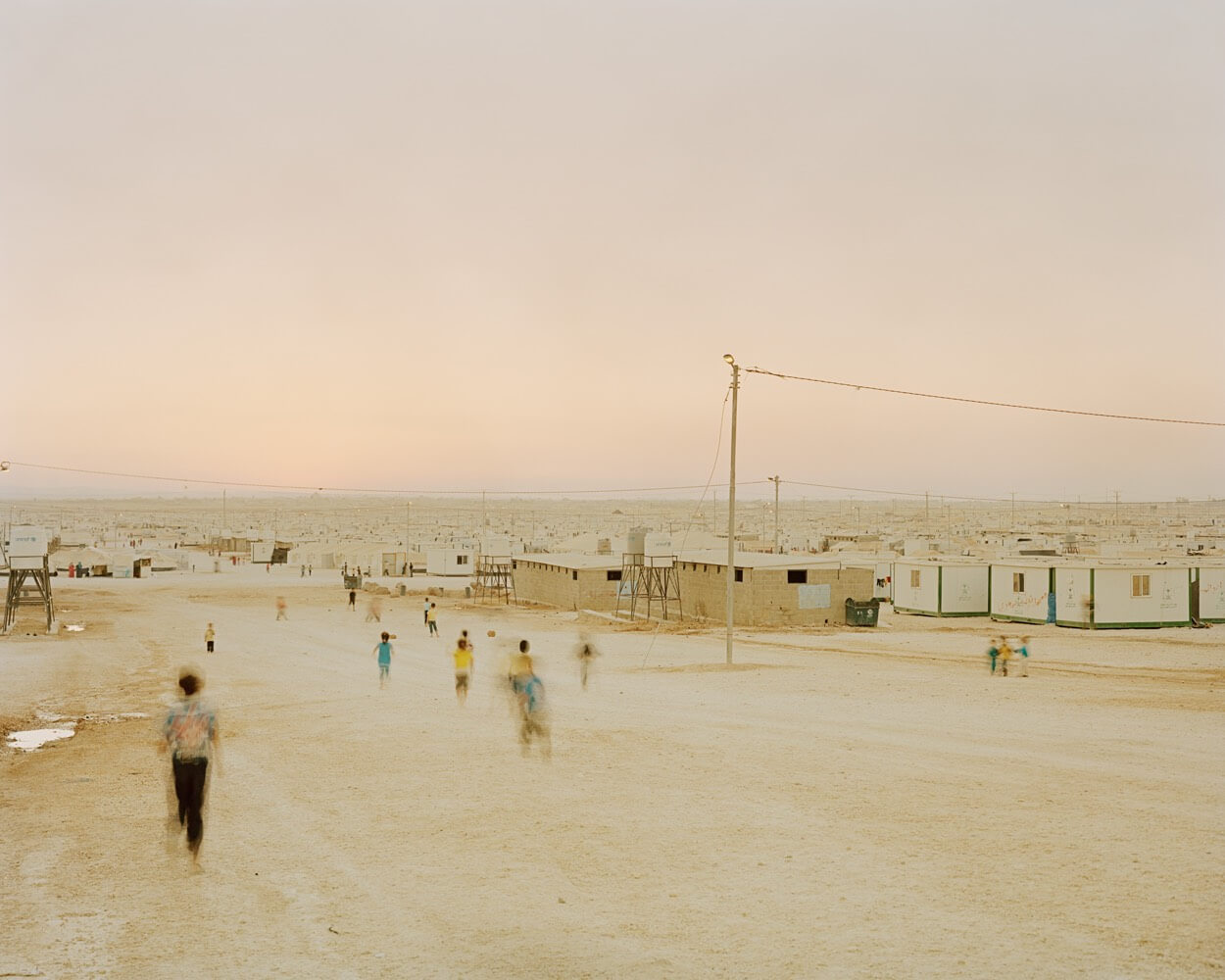

We were living in the same neighborhood at this time and Ben was kind enough to let me come over and use his Imacon to scan my film for free. This of course saved me a ton, but also allowed me to get his input on what I was shooting and how I could improve upon it. Always it was about diving more into what I was interested in, brainstorming projects that I could shoot, and honing my own vision, rather than telling me creatively what was right/wrong or making me think that his was the right style and I should follow suit. To me, that’s the most important piece, as early on you’re such a sponge and anything that you hear you should or shouldn’t do becomes cemented in your head. All you have as a photographer is your vision, so protecting that and letting it grow is imperative.
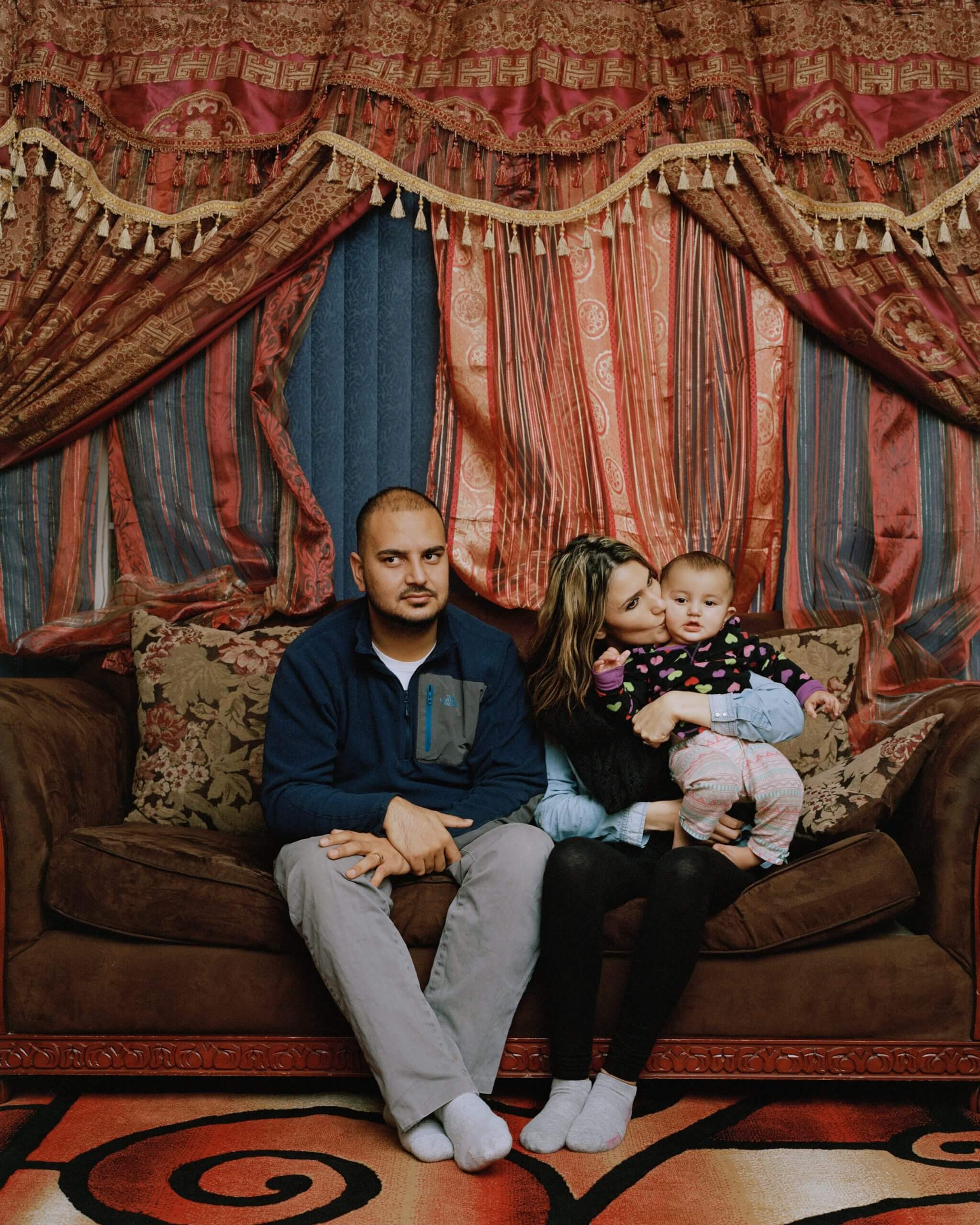
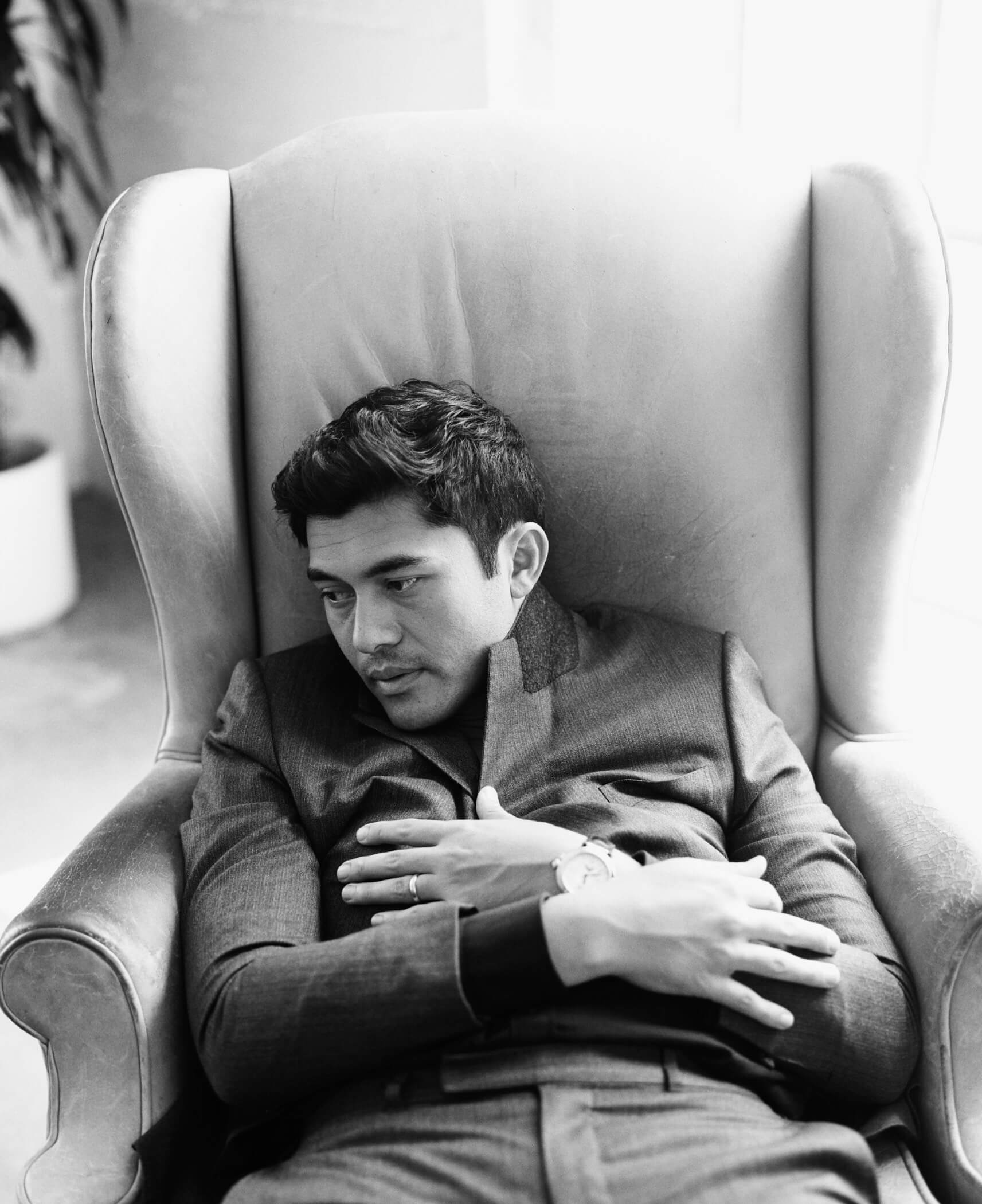
Ben introduced me to photographers when they would come into town, like Joao Canziani or friends of his I could email such as Jake Stangel and Kamil Bialous, invited me to parties at his place with other local photographers (Matt Nager, Terry Ratzlaff), and when it came time to set up meetings in NYC, he gave portfolio advice and helped reach out to photo editors.
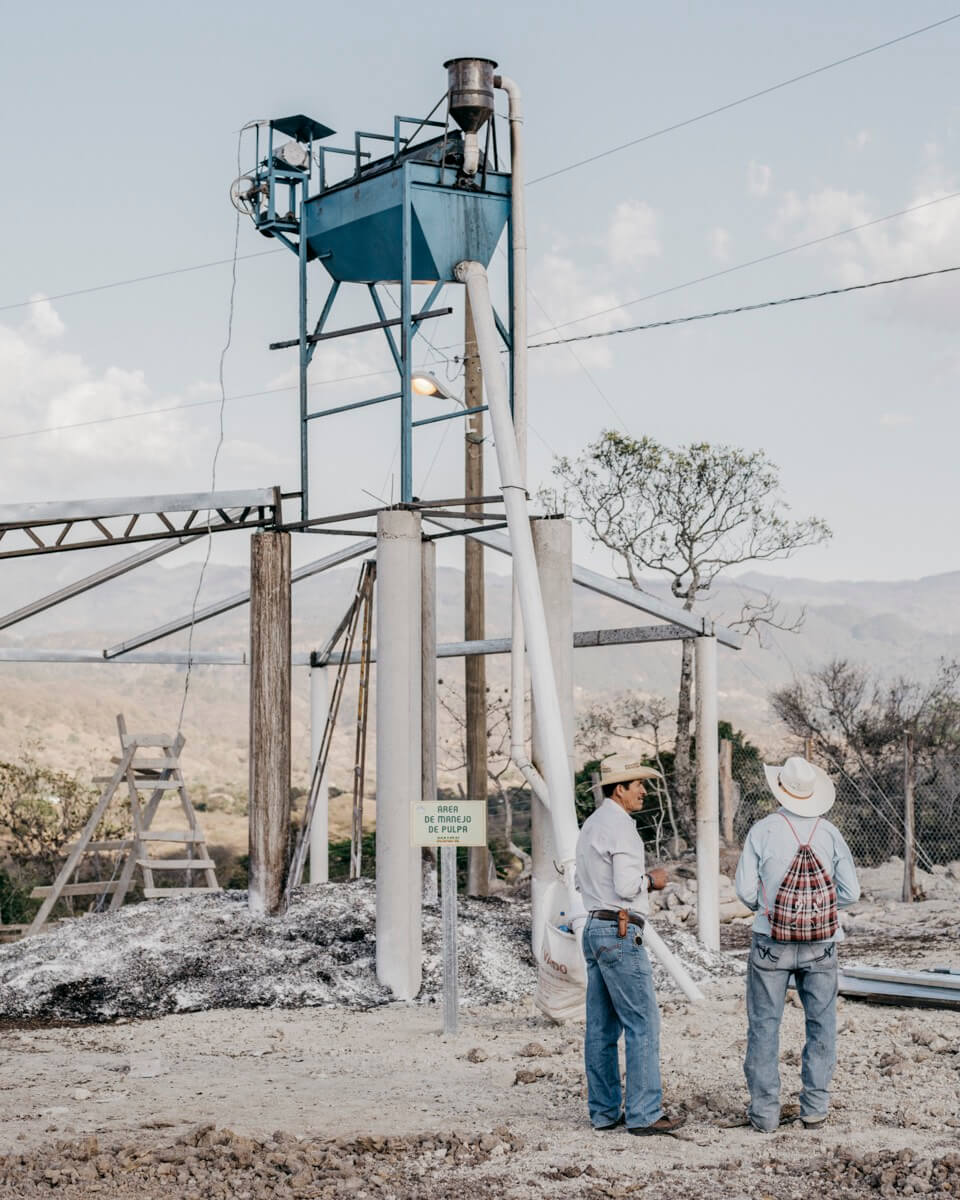
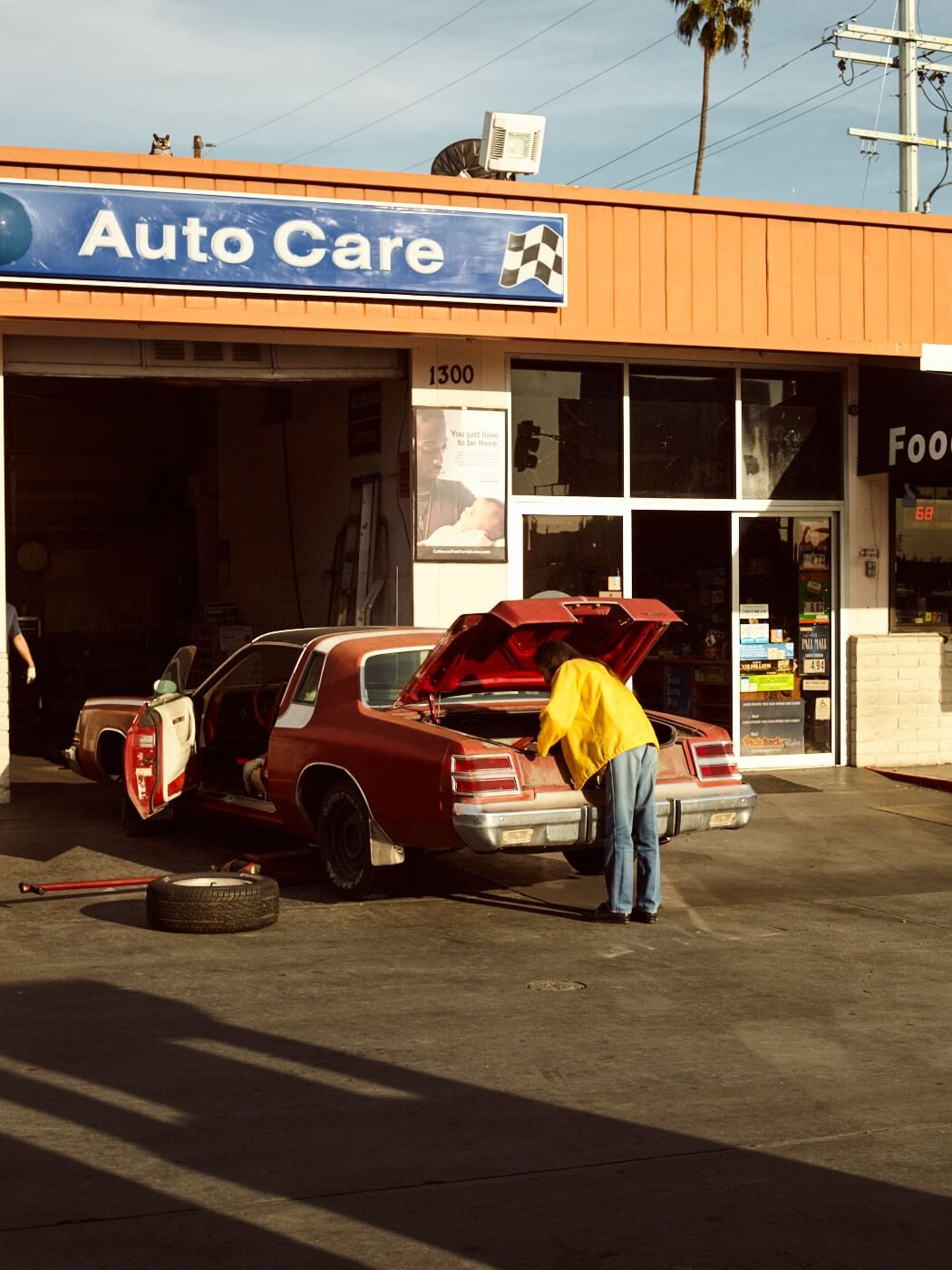
I moved to Los Angeles in 2015, and while I only spent time with Ben during the two years I was in Colorado, I gained from him a foundation that I wouldn’t have a career without. Looking back, I think I was creatively influenced by Ben in terms of taking a documentary-style approach – letting things unfold as I photograph, moving quickly, and bringing a simplicity in terms of both lighting and working with subjects. We continue to stay in touch, and a few times a year, I still call him with a question or looking for advice.

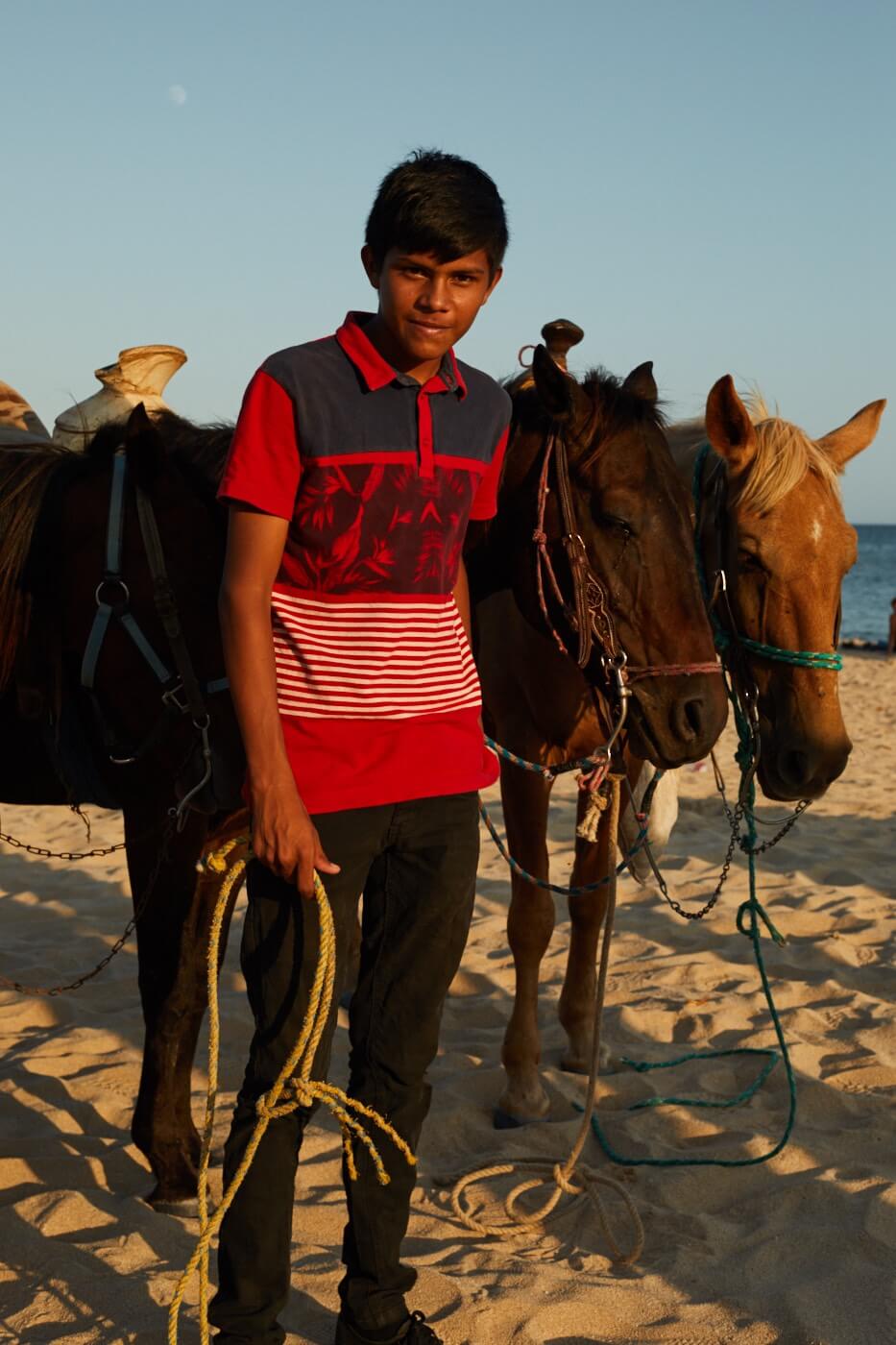
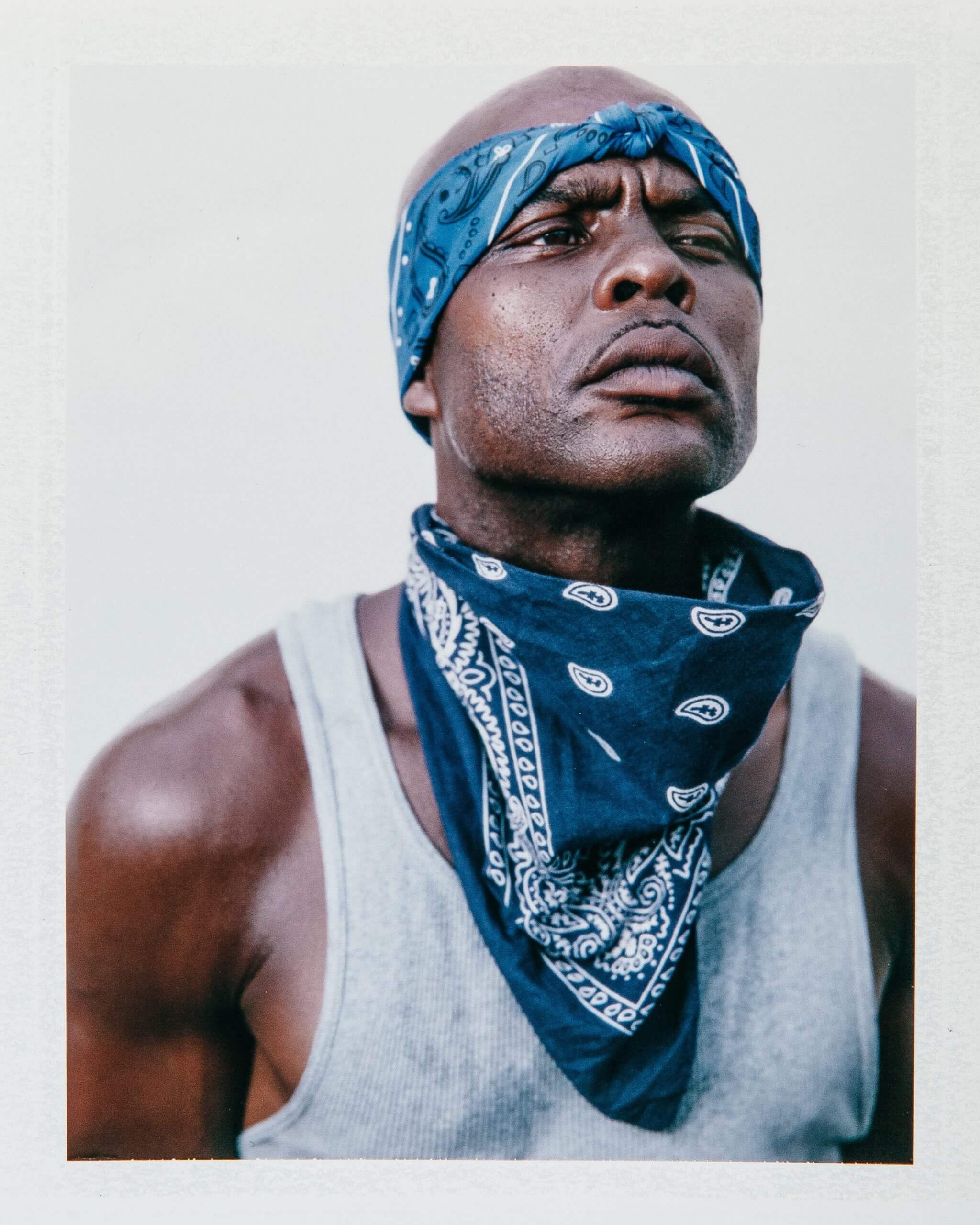
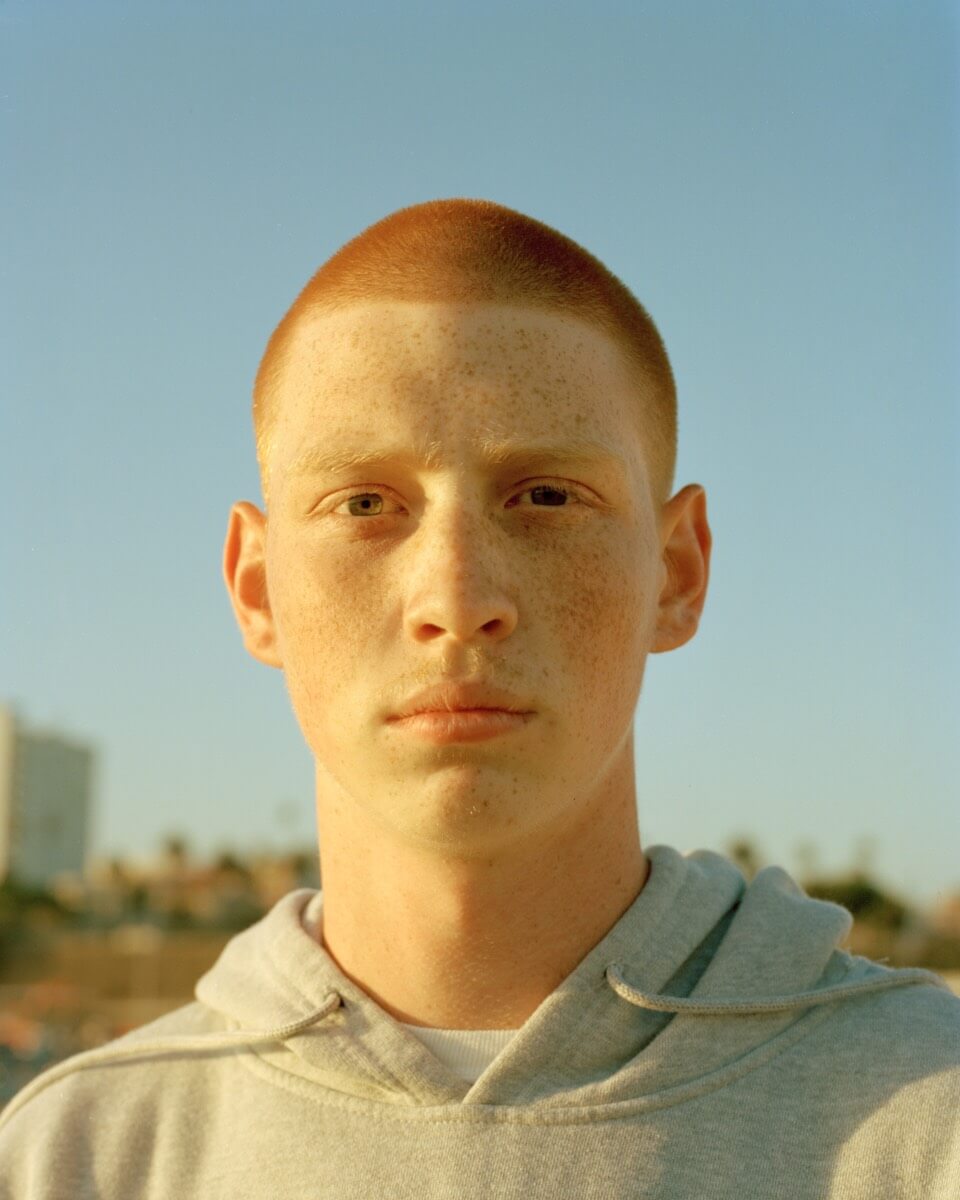
1: Benjamin Rasmussen, 2: Brad Torchia, throughout the article.
Rocket Science has been featuring the best in contemporary photography since 2016 through interviews, conversations, studio visits and essays by photographers, writers and artists. Your donation to Rocket Science directly supports new artistic content in the pages of Rocket Science and helps us pay our contributors fairly.
